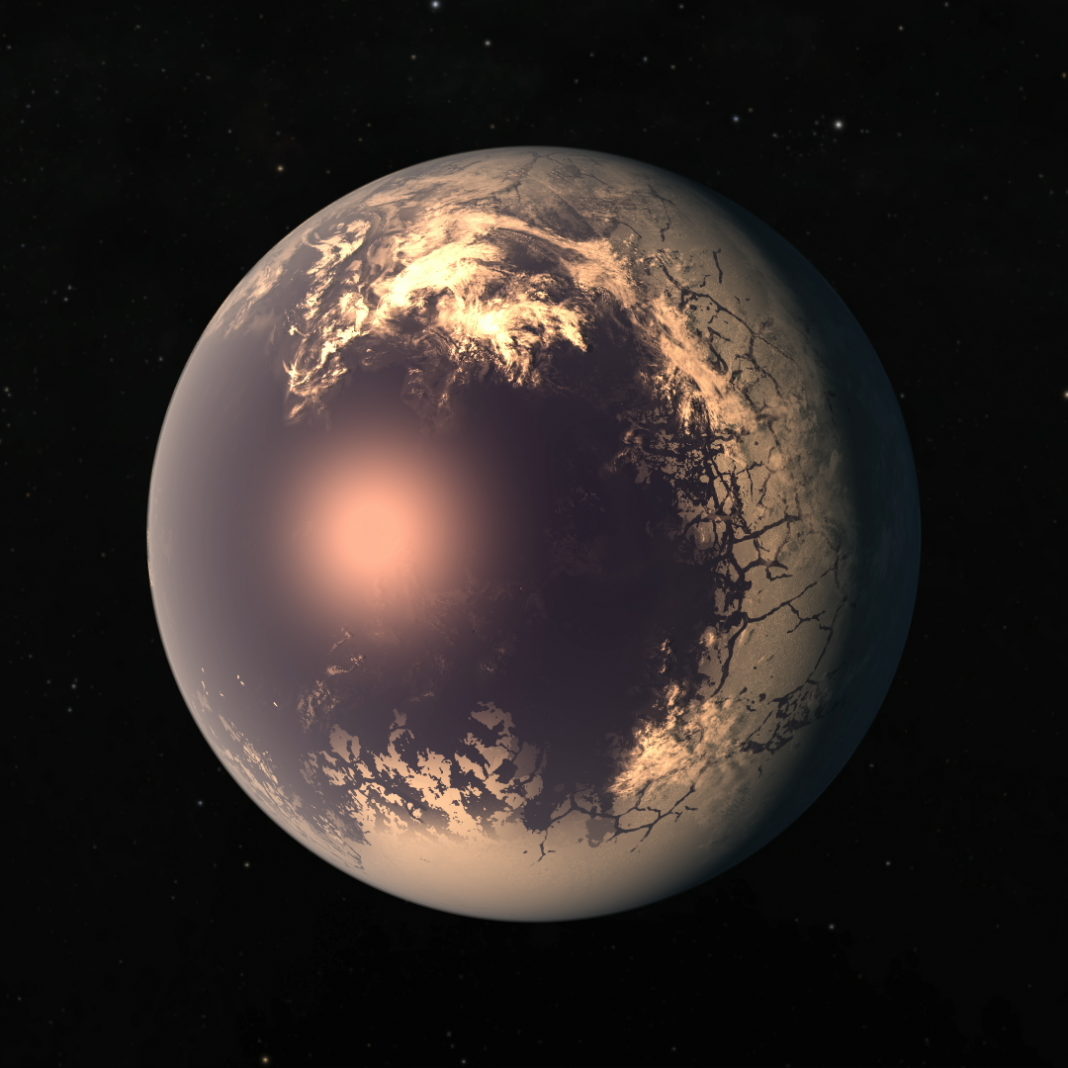You may or may not have heard that there’s a new phase of matter been discovered and it’s called a time crystal. A team of UC Berkley physicists made the discovery last year and since then researchers from both the University of Maryland and Harvard University followed up on the research and created their own time crystals using two different methods. One involved using lasers while the other focused on trapped ions.
Time crystals aren’t objects you can hold in your hands. You can’t grow them in your kitchen either. Although the concept of time crystals has been around for quite some time it’s only just recently that scientists have been able to create them in a lab in a quantum form. They’re a completely different form of matter than solids, liquids, or gasses and could one day be the basis in which quantum computers rely on.
To try and gain a deeper understanding about time crystals let’s first start by considering regular crystals. These are essentially a collection of atoms arranged in such a way that they create a repeating pattern in space. When water crystallizes the atoms form into set arrangements and the space in which the crystal occupies becomes periodic. The crystal breaks spatial symmetry as it repeats patterns but only in some directions, opposed to all directions.
Nobel laureate Frank Wilczek first proposed time crystals back in 2012 when he imagined a system in its lowest possible energy state, rendering it frozen, like that of a regular crystal. However, the time-translation symmetry would soon be broken if the atoms in that system were to move from their original position. This would then mean that every instant in time would be the same as any other and that Wilczek’s crystals also occur at regular intervals in times (periods).
Just as regular crystals break the symmetry of space, time crystals break the symmetry of time. This is evident in the periodic behavior of various thermodynamic processes such as a rotating ring of ions. As Wilczek exclaimed, “The spontaneous formation of a time crystal represents the spontaneous emergence of a clock.” However, there appeared to be some problems with Wilczek’s idea; the main one being where did the system in its lowest energy state get energy to produce periodic motion first of all?
Last year a team of physicists working at Station Q, one of Microsoft’s research facilities found a way to fix the problems with Wilczek’s time crystals and also managed to create them too. The research was led by physicist Chetan Nayak and built upon prior research carried out by Princeton University. Nayak deduced that the spontaneous break with time-translation symmetry that defines a time crystal should occur in a quantum system called a Floquet. This type of system never heats up and so, therefore, cannot be defined by any temperature as this would suppose equilibrium.
Floquet systems, on the other hand, are non-equilibrium and can, therefore, host new states of matter. In using this type of system the Microsoft and UCSB researchers were able to successfully predict time crystals. What Nayak and colleagues discovered during their research was that when a time crystal is pushed or driven at a certain frequency it responds at a different frequency to that in which it was driven. But the question then remains as to how to realize this mathematical oddity in a physical experiment, and that’s where Norman Yao and colleagues at UC Berkley come in. Yao’s team actually provided a complete guide on how to create a time crystal in the laboratory.
Using Yao’s recipe, two teams set out to make their own time crystals. The team from the University of Maryland created a chain of 10 ytterbium ions with electron spins that were entangled. They used two lasers in which to pulse the ions. While one created a magnetic field, the other was used to flip the spin of the electrons. Because the electrons were entangled, as one flipped, so did another, and so on and so forth creating a repetitive pattern that broke up the time translation symmetry needed for a time crystal to exist. The team also found they could change the phase of the time crystal too. Moving forward, physicists are beginning to realize the potential these time crystals could bring to various applications. Researchers at Microsoft’s Station Q are currently looking at ways to integrate them into a quantum computer.
“There’s actually a rather natural connection here to what we’re doing [with quantum computing],” said Nayak. “A quantum computer is going to be doing lots of operations on some kind of clock cycle and it is, in fact, being periodically driven, so it behooves us to look at how topological phases behave in periodically driven systems.” He continued, “In this group, we do a fair amount of exploration of a new idea in physics with the hope that they’ll be useful for the quantum computer stuff we’re doing. Now that we know what time crystals are, we have some ideas about how to exploit them for topological quantum computing ideas, but that’s still very much a work in progress.”
More News to Read
- Is the End of the Quantum Computer Race Finally in Sight?
- Excitement Stirs as the James Web Telescope is Almost Ready to Go
- Move over Spielberg and make Way for this Script Writing AI
- Scientists Uncover a Higher State of Consciousness
- Self-Taught Artificial Intelligent Increases Heart Attack Prediction Rate Significantly











